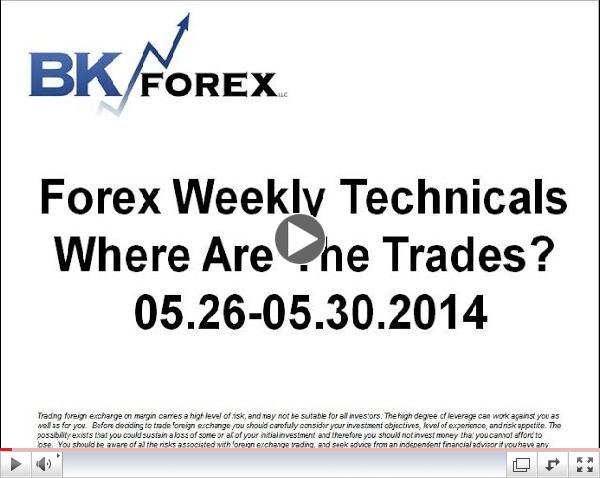How Do Stop Hunts Work in the Forex Market?
For Memorial Day Weekend -- I thought this was worth another look.
Reprint from October 2013 So today EUR/USD hit the 1.3700 mark in early New York trade and then immediately came off that level. During the London session when the euro was trading in the 1.3660s I put out a research note suggesting that this kind of scenario was highly probable. Yet I am hardly the Nostradamus of FX. I am simply aware of one of the most common occurrences in the currency market - the daily hunt for stops. The forex market unlike the equity market is a dealer rather than a exchange based market. That means that the broker you deal with is not acting as an agent but as a counterparty. In short in the forex market the broker often takes the opposite side of your trade. Even in cases where the brokers act as pure agents they pass your order to the greater interbank market where the bigger dealers often assume the risk of holding the position against your order. So let's imagine a scenario like this. A customer decides to sell one billion euros at 1.3660. A dealer decides that the customers assessment of the market is wrong and takes the opposite side of that position by buying the billion euros from the customer. Instead syndicating the risk across the interbank market by selling off chunks of that order to other banks, the dealer decides to inventory the whole position. The euro now rises as the day proceeds and is within 10 pips of the 1.3700 level. The customer, being a typical trader knows that the yearly high for the euro is near the 1.3700 level so he places his stop there. The dealer knows the customer's stop and he decides to spend 20-30M of capital to move the market towards the 1.3700 figure and stop the customer out. Note, it is only AFTER the customer is stopped out that the profit on trade can be booked. Otherwise it simply floats in the market and may eventually go against the dealer. This is a very simplistic illustration of what happens in a stop hunt and it doesn't account for any possible news event that could suddenly move prices lower or for any other market participant that may have a very strong financial interest in keeping prices below the 1.3700 level. Forex being a highly speculative market nothing is ever 100% certain. Dealers, like all traders sometime make mistakes or get run over by unexpected news. Nevertheless all things being equal this little drama plays itself out almost every day in the currency market and even more so when the levels hold monthly or yearly significance. It is also the reason why currency movements often stall at the round number figures. As human beings we almost unconsciously strive for order and many traders will leave their stops at the round number figures such as 1.3700. Seasoned market participants of course know this and exploit this very common weakness to run stops. Again, I want to conclude by emphasizing that this is an academic example of how stop hunts happen in the currency market and the reality is never that simple or easy. But if you understand the underlying dynamic you will be better prepared to manage your trades and avoid the stop hunts.
 | | Forex Weekly TechnsWhere Are The Trades? 05.26-05.30.2014 |
|
Tidak ada komentar:
Posting Komentar